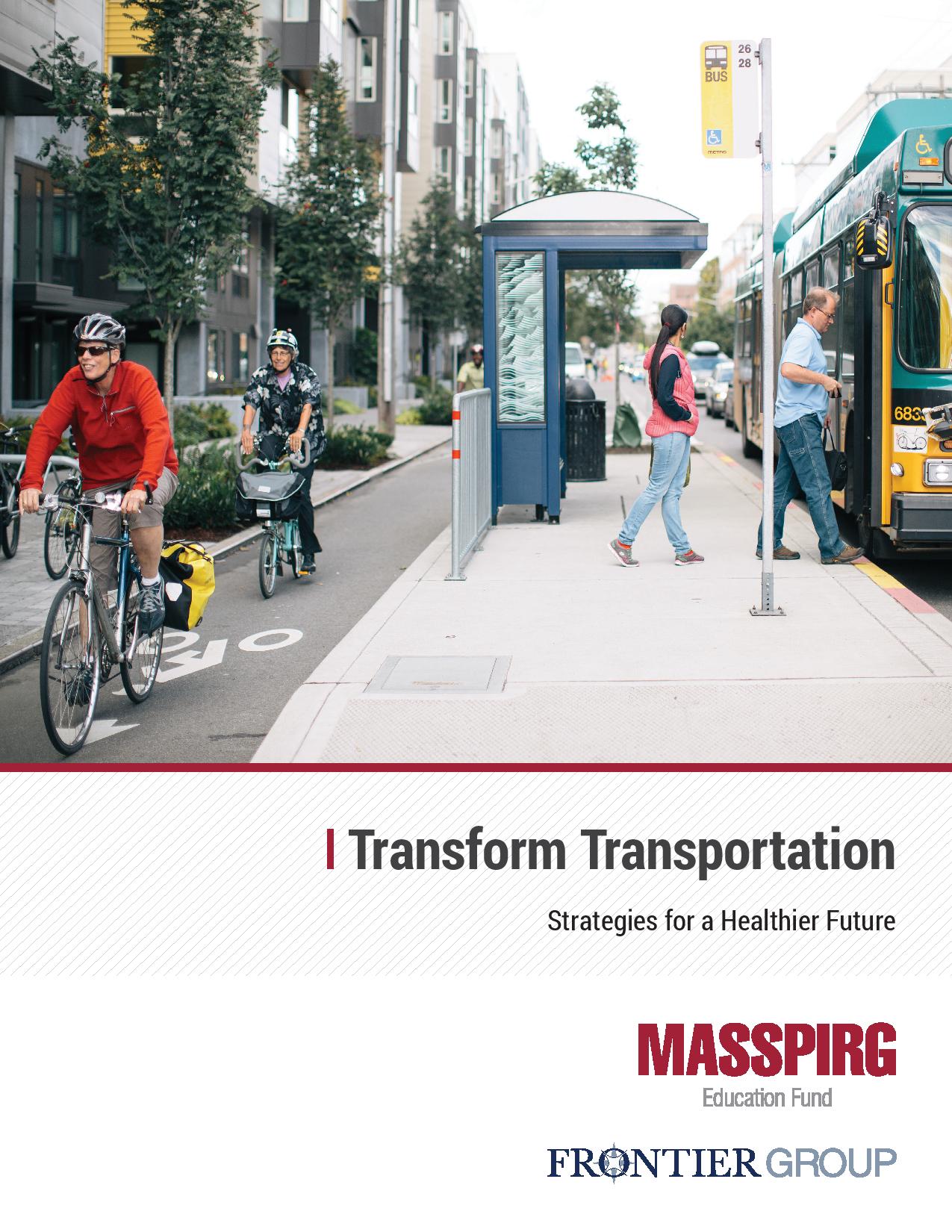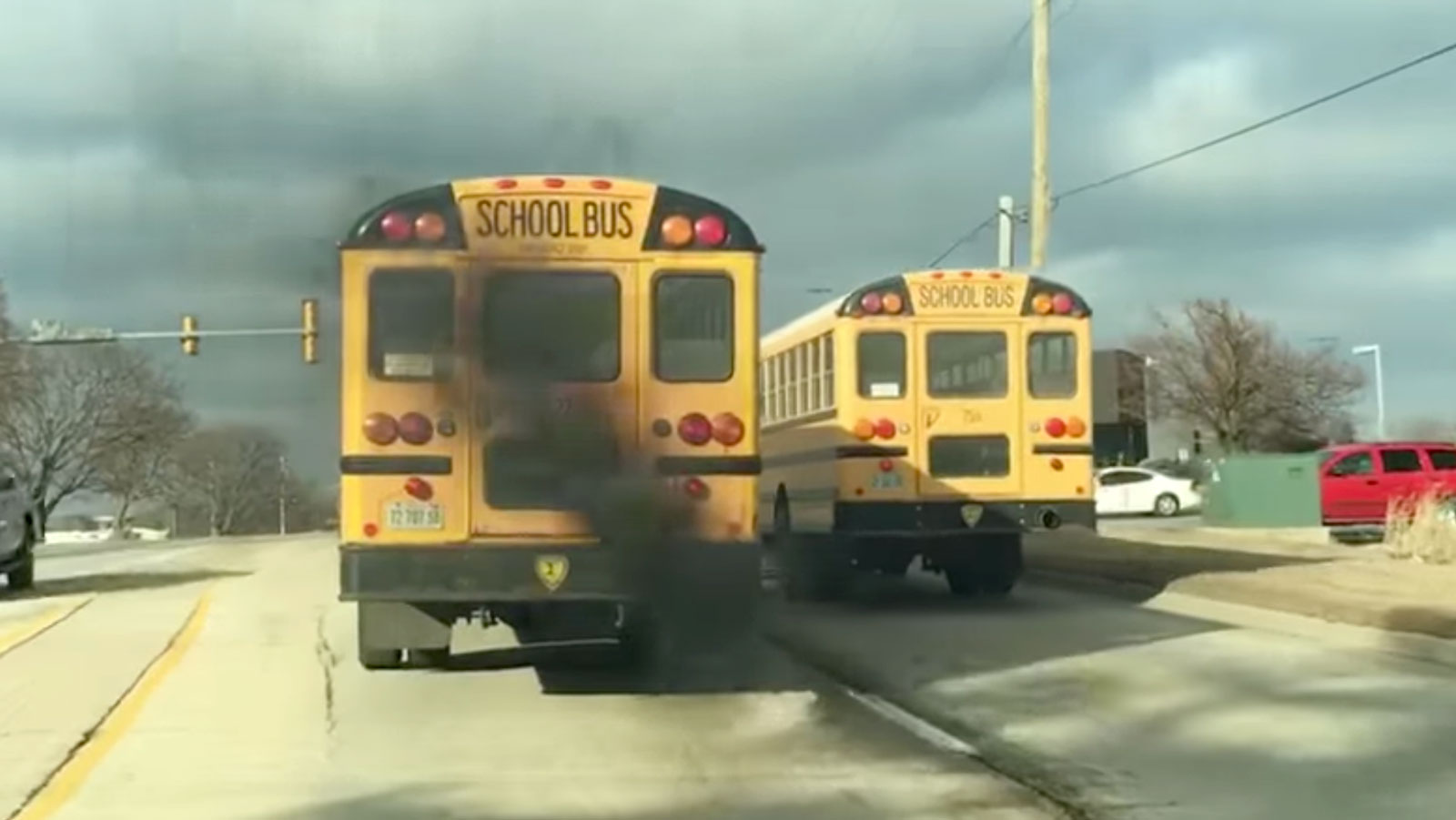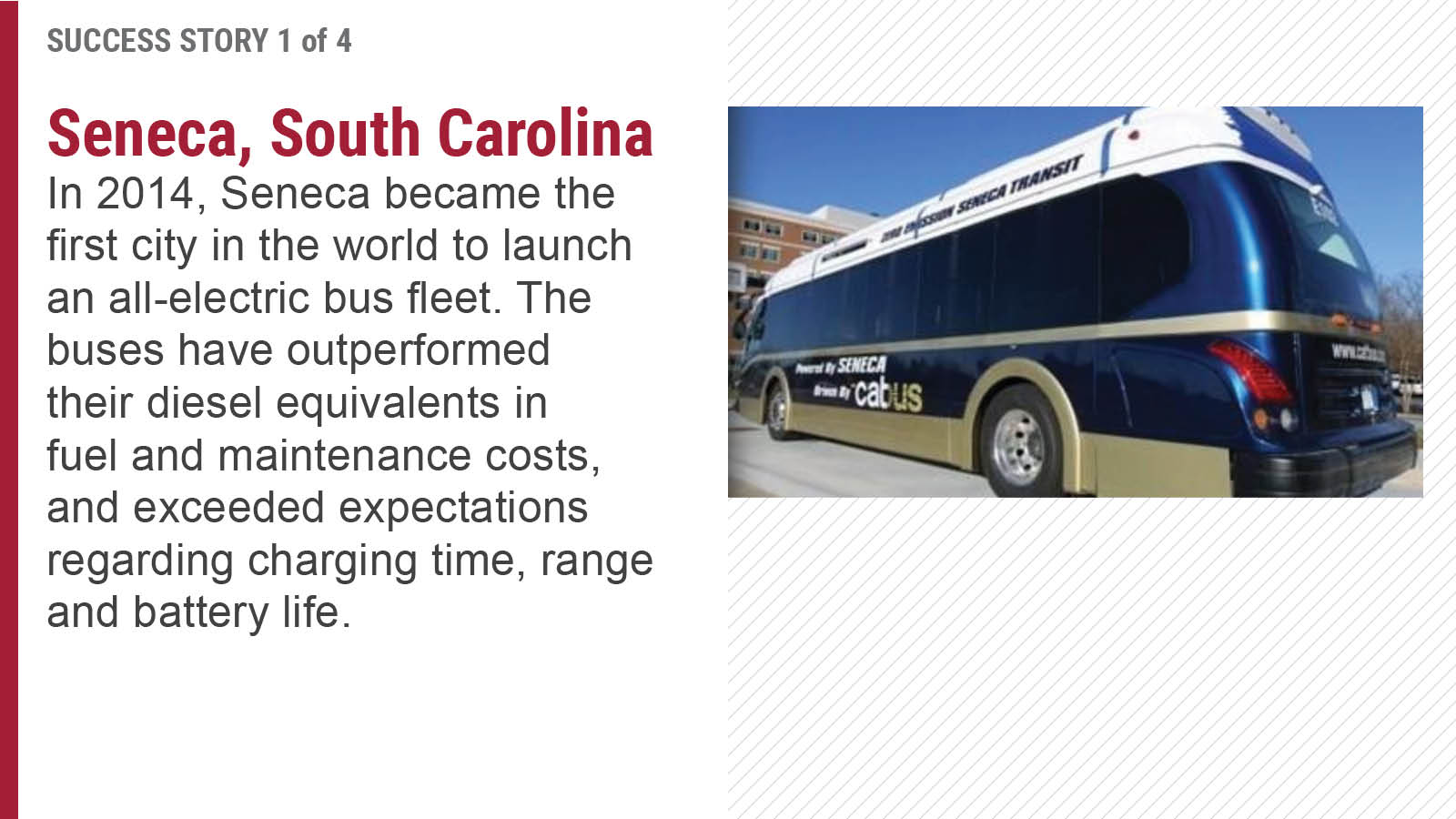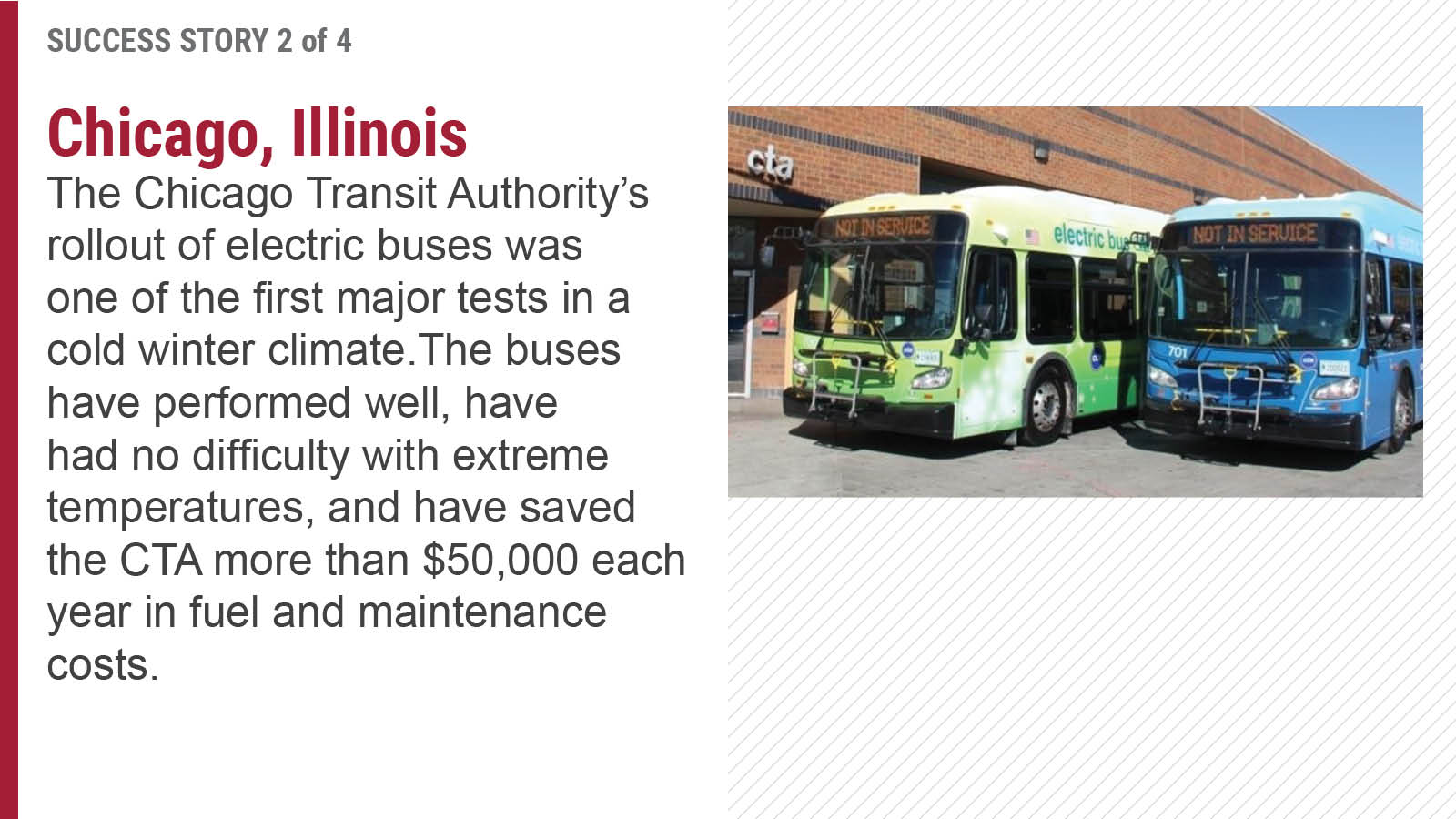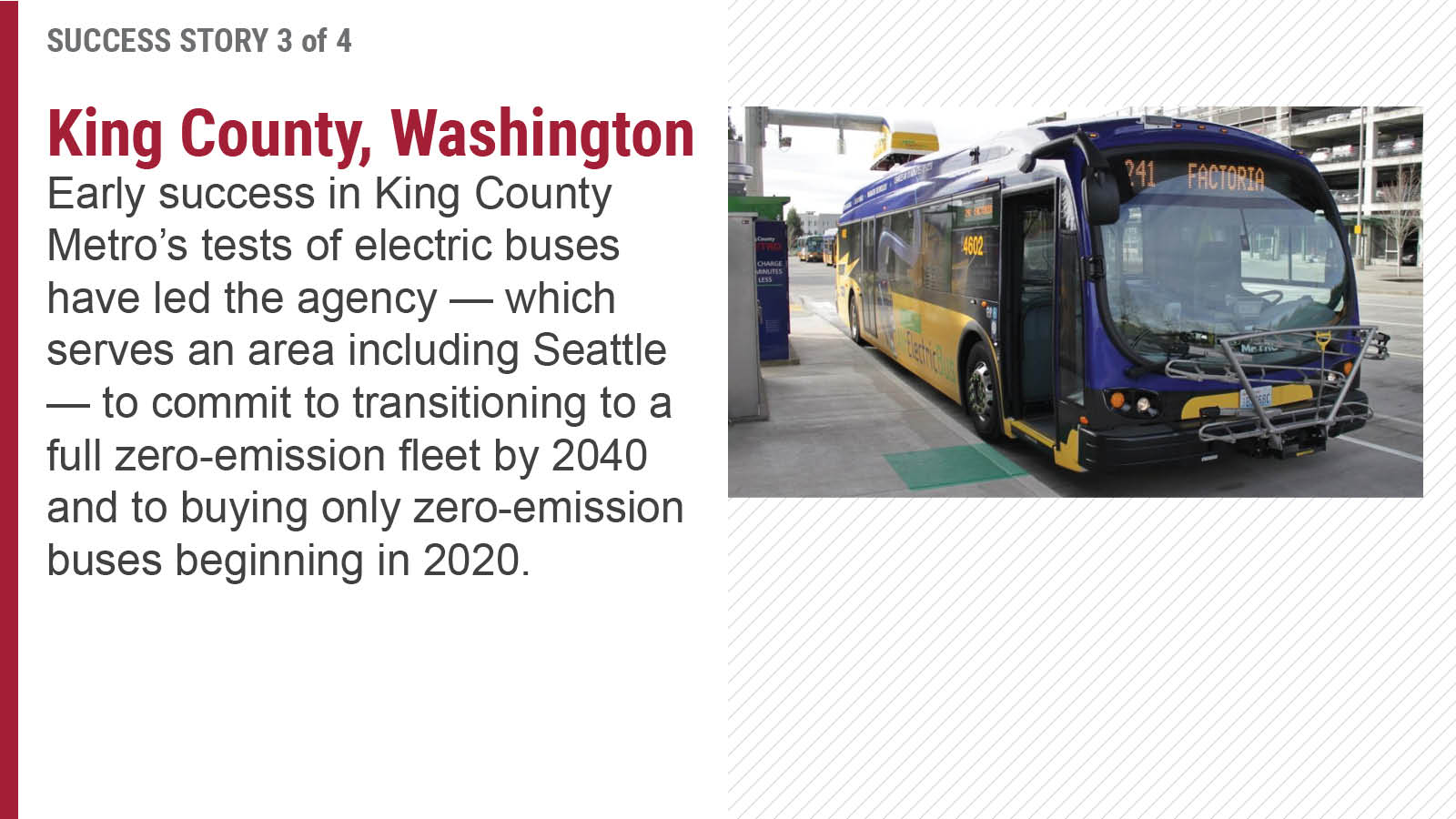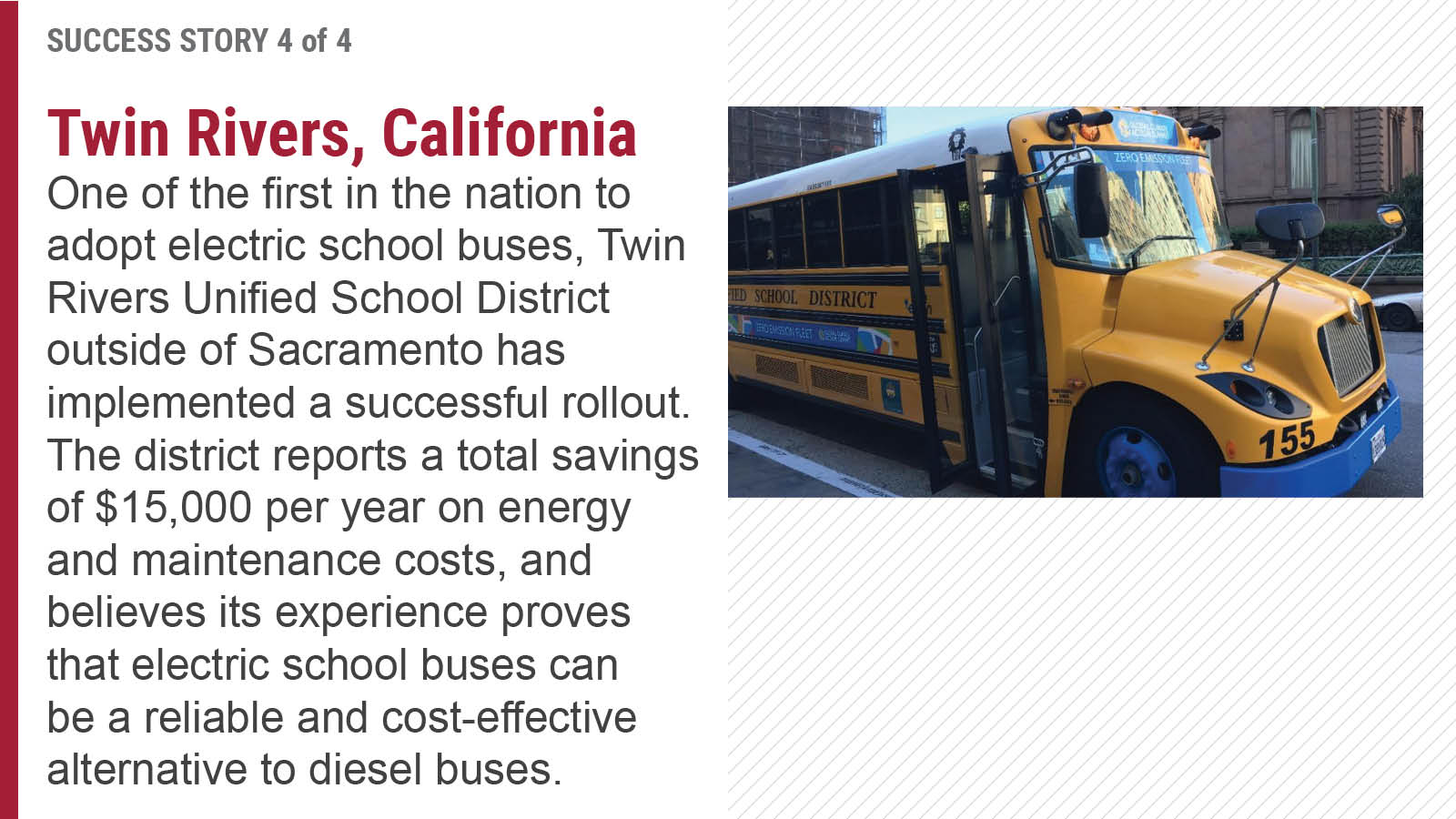Electric Buses in America
Lessons from Cities Pioneering Clean Transportation
The majority of America’s buses are still powered by polluting fossil fuels, such as diesel, that pose a serious risk to public health and contribute to global warming.
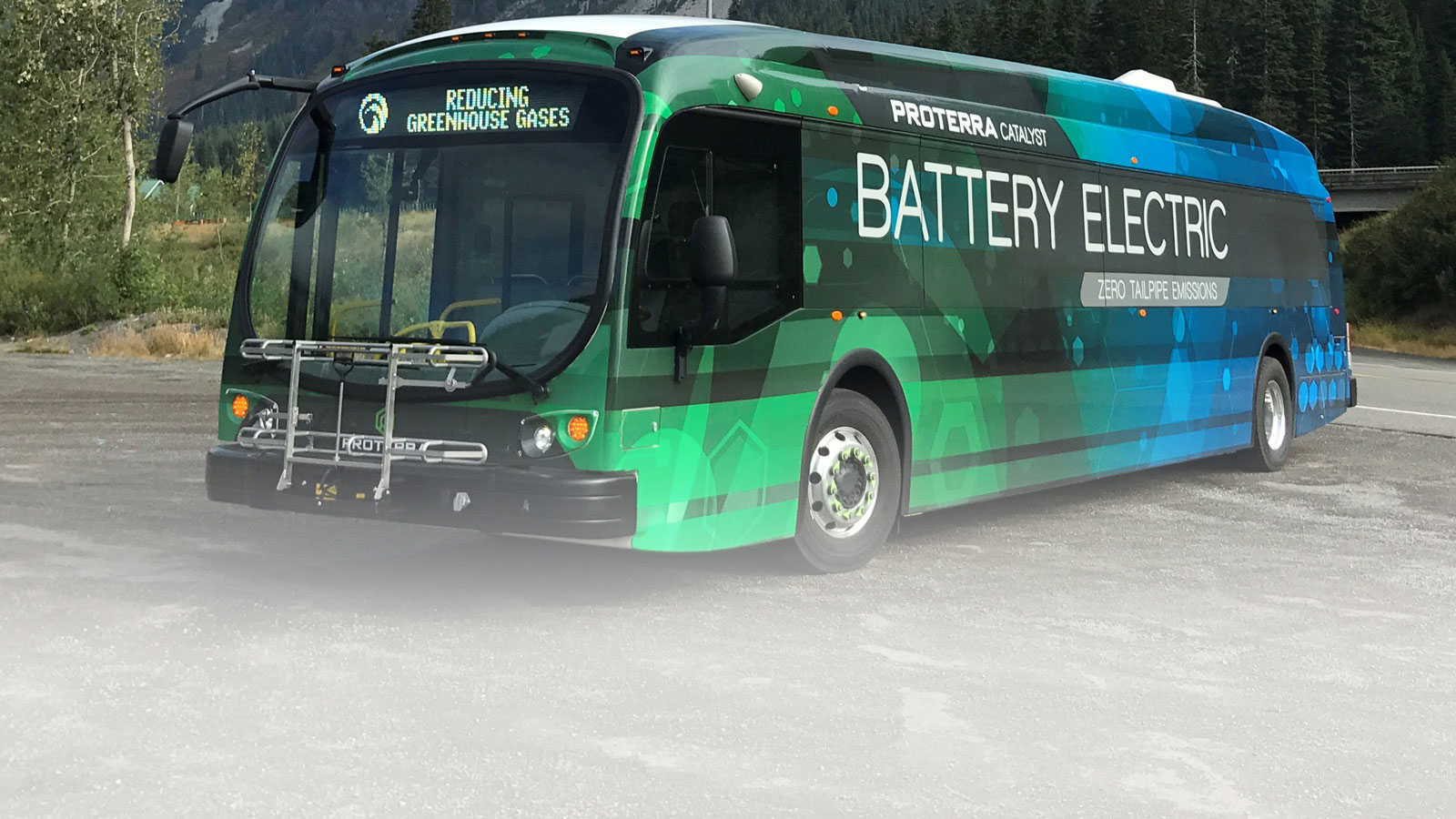
Downloads
America’s bus network plays a crucial role in the lives of millions of people, providing transport for those who cannot or do not wish to drive, and carrying up to half of all American children to and from school every day. The majority of America’s buses, however, are still powered by polluting fossil fuels, such as diesel, that pose a serious risk to public health and contribute to global warming.







Topics
Authors
James Horrox
Policy Analyst, Frontier Group
James Horrox is a policy analyst at Frontier Group, based in Los Angeles. He holds a BA and PhD in politics and has taught at Manchester University, the University of Salford and the Open University in his native UK. He has worked as a freelance academic editor for more than a decade, and before joining Frontier Group in 2019 he spent two years as a prospect researcher in the Public Interest Network's LA office. His writing has been published in various media outlets, books, journals and reference works.
Find Out More
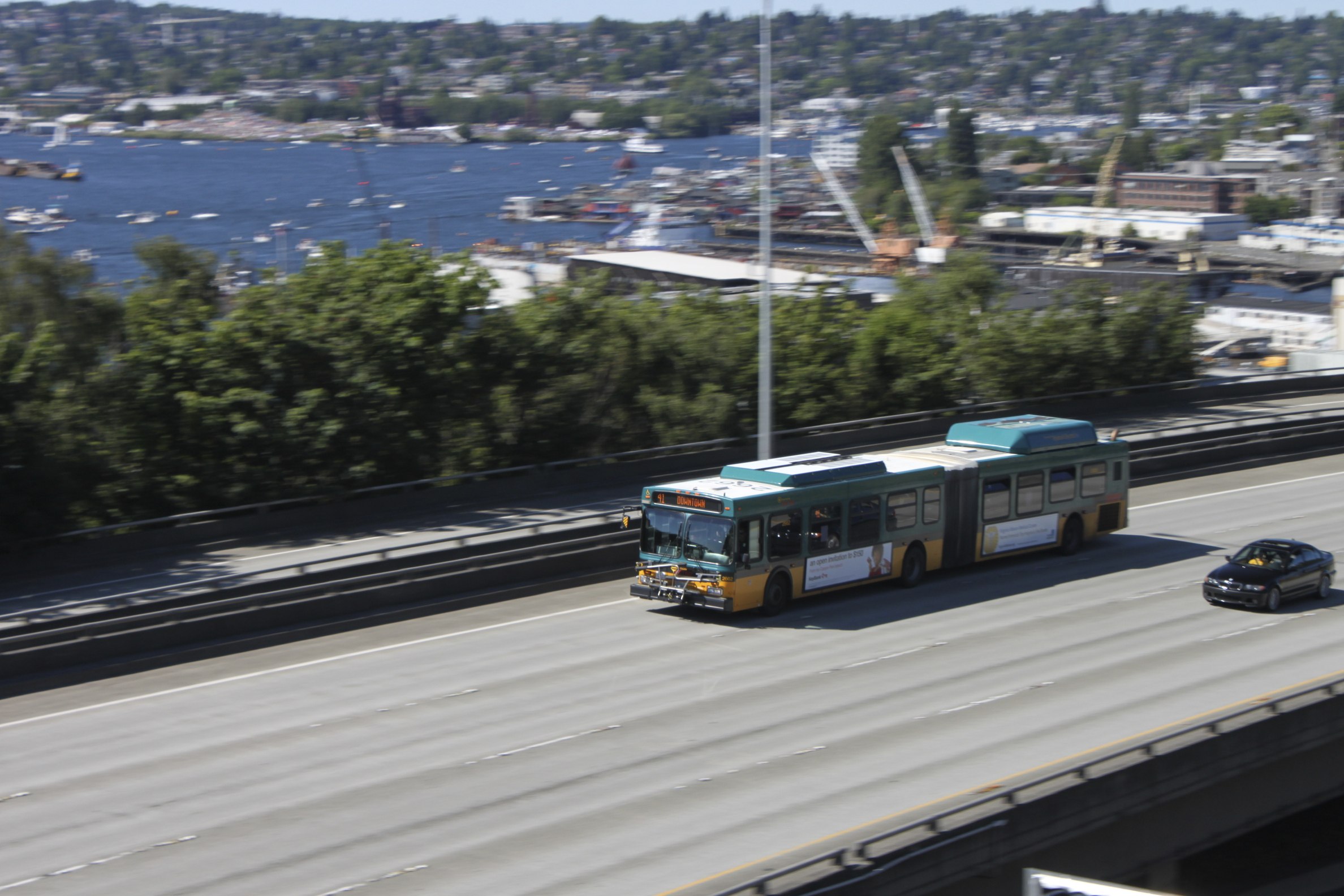
Less driving is possible

Green schools guide

Why privacy matters – even if you’ve got nothing to hide
